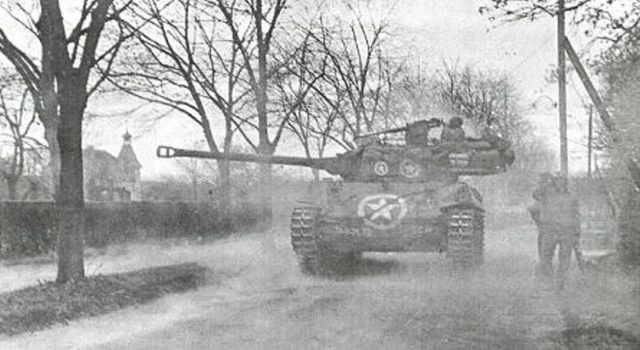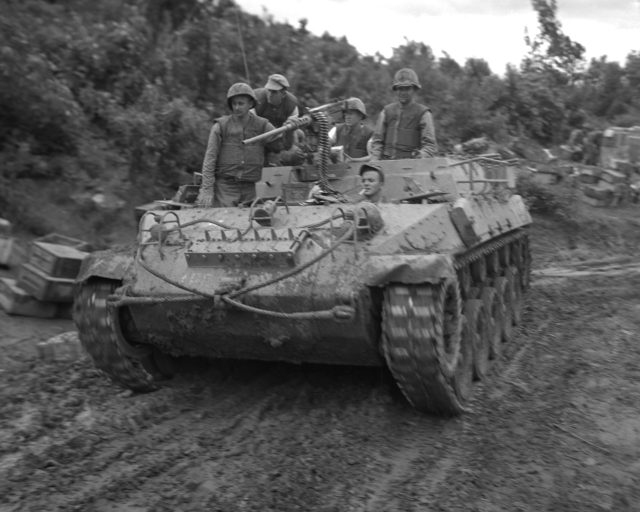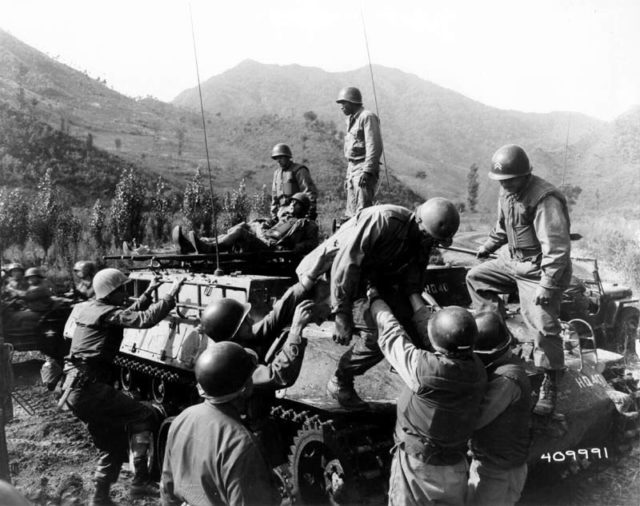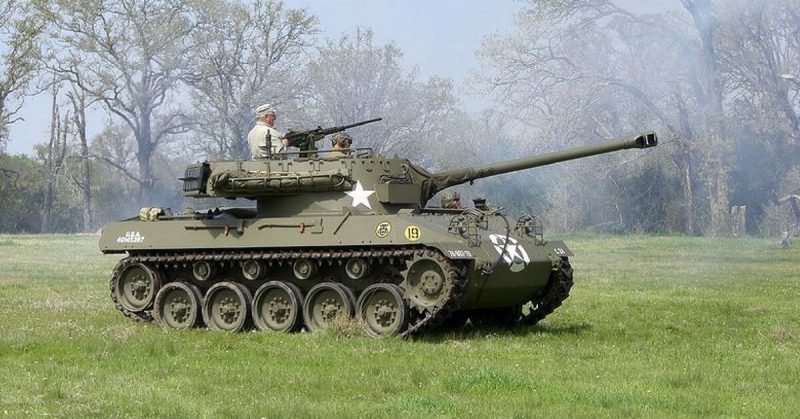Apart from being the most effective American tank destroyer during WWII, the M18 Hellcat also held a speed record in the US tank arsenal until the development of the M1 Abrams, decades later.
The Hellcat accomplished great speeds (50 mph, or 80 km/h) due to its extremely light armor which was never more than one inch thick (25 mm). It also had a roofless turret. Together with the M4 Sherman-based M10 tank destroyer, and the highly efficient, 90mm gun-armed M36 tank destroyer, the Hellcat served in all American theaters of world war 2 – both in Europe and the Pacific.

Armed with a 76 mm gun, the Hellcat wasn’t quite adequate for all enemy armor, especially late-war German designs, but it held on bravely and managed to become one of the iconic Allied tank destroyers of the time.
It was produced in 1943 by the Buick Motor Company of General Motors, on orders from the Ministry of Defence, which was keen on forming the Tank Destroyer Force. What they needed was a vehicle that was faster and better armed than a tank, but with weaker armor, so it would be able to move quickly, set up ambushes and support armored attacks.
After a series of prototypes, the M18 Hellcat was finally ready for mass production. It ran on an R-975 radial engine and utilized a torsion bar suspension that provided a steady ride.
The Hellcat first saw action at Anzio in Italy. About the same time, some Hellcats were sent to the Chinese Army, which fought the Japanese invasion. The tank destroyer played a key role in the battlefields of France, Belgium, and Germany in 1944. By this time, the Germans were already using Panthers on a regular basis, which was one of Hellcat’s main concerns.

Near Nancy, France, a battle occurred after which the Panther tank lost its credibility as an unbeatable opponent. On September 19, 1944, a Tank Destroyer Force Unit knocked out 15 Panthers and lost only three Hellcats.
During the Battle of the Bulge, the Hellcats’s speed proved vital on several occasions and its firepower contributed significantly in repelling the German invasion.
After World War II, many M18s were sold to other countries. Yugoslavia, China, and Venezuela, to name a few, used Hellcats for an extended period, keeping the tank destroyer in reserve up until the 1990s.
Hellcats were shipped to Asia, to be part of the conflict that occurred between North and South Korea, almost immediately after the Second World War.

An M18s variant produced in significant numbers was the M39 Armored Utility Vehicle, a turretless variation used to transport personnel or cargo or as a gun tractor. This version was armed with a single M2 machine gun on a flexible mount. Early production M18s were converted into M39s by removing the turret and fitting seats for up to eight men in the open fighting space. This variant proved very useful during the Korean conflict, as it served as an APC, medical evacuation vehicle, or an armored ammunition carrier.
